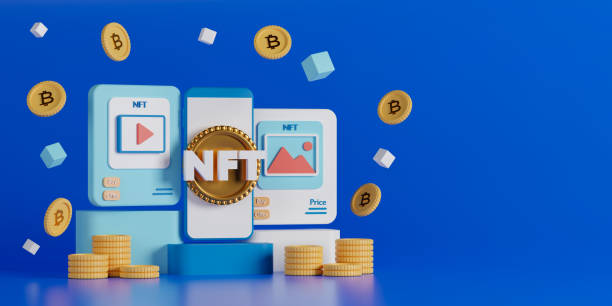I have been a huge skeptic of NFT marketing ever since the day that I bought my first, and best, crypto-currency. And all those doubts about the promises of it being “instant and free” makes me think that if there is anything that nft marketing can sell me quickly and easily, then it must be some golden goose on an egg farm. So when it comes to NFT or ICO marketing, I am a big critic. But sometimes we learn from our mistakes.
1. Learn to use simple NFTs
Ok, I know this sounds kind of odd, but you have to start with the basics, at least for me. The easiest way to get your feet wet in the NFT market is to begin with something small and easy. Pick a simple plain object that could be recognized just by looking at it , maybe a coffee mug or a t-shirt or something. The easier it is to recognize the object, the easier it will be for someone else to copy you. But even if it’s not a common object, if you have something unique and special enough people will still be interested in it . So going back to number one, if you are selling an NFT that can be easily recognized, you’re already ahead of the game. What’s the point of marketing something that is unrecognizable?
2. Research what can be used as an NFT
Even if you do not end up using any of the suggestions, at least it will give you some ideas. There is no telling what might become an NFT product so don’t write anything off too quickly. Just imagine a product like soap or shampoo, which we use every day but no one thinks about making it into a NFT for an open market. Find here
3. Use the right type of NFT
You can use almost any type of file format to store your files but there are benefits and disadvantages to each:
· A native file format.
You’re using a native file format for a good reason. These formats are designed by their creators specifically to be used as an NFT . For example, it’s easier for someone else to work with them because they have tools and libraries integrated into the application so you can get things done faster. As a bonus, these formats are smaller than other popular ones like BMP, JPG, and PNG so if you’re selling something that’s small you’ll save space on the hard drive because it won’t be bloated with extra data.
· Legacy file formats.
Some people like to use old formats because they’re familiar and easier to use, but usually that also means that no one else is using them. You have to realize that by becoming an early adopter you are accepting the burden of learning new things. No one said that making a new NFT market was going to be easy and this is just one of those obstacles that you’ll have to learn how to deal with. By the way, newer formats like JPEGXR make it easier for someone else to copy your file because they are so simple (so don’t use it).
4. Use the right level of authentication
The authentication level of a file can either be public or private off page seo. If your file is public then anyone with an NFT reader application can open it. With private files, anyone with an NFT reader app can only view it but not modify it. The great thing about private files is that they are more secure and harder to copy because they use the One Time Pad (OTP) encryption system. Another benefit of private files is that you have more control over them than public ones because you don’t have to worry about someone copying them if you don’t want them to.
5. Identification numbers
Most NFTs and blockchain are identified by a unique identification (I.D.) number which is also referred to as the hash value. To make it easier for users to identify a file, this I.D. number can be represented in three different ways:
· UUID (Universally Unique Identifier)
A UUID is a super-long hexadecimal number that no one will ever remember. The first digit is a four digit number that stands for a different type of data (and there are defined types). The second digit is a six digit number that represents the origin or creation of the UUID. The third and fourth digits start with a zero and keep increasing, ending with a thirty five character number that represents the time at which the UUID was generated. To find out what type of data you have stored in your file you can look up this number on the internet and see if it has meaning to you.
· Bit vector
A bit vector takes longer to figure out than just looking at your hash value so it’s not as useful for identification unless you want people to know what file format you used.









